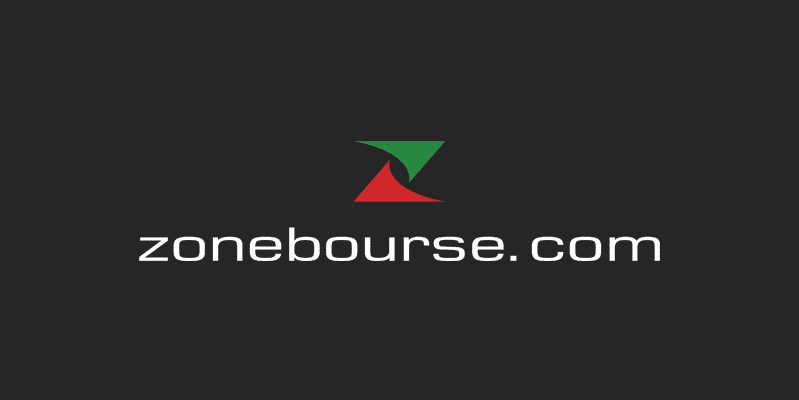What is the impact of the war on your reference fund IVO Fixed Income?
The impact of the war in Ukraine remained limited on our flagship fund. Prior to the invasion, Ukrainian companies represented approximately 6% of the portfolio. Due to the fall in their valuation, they represent 2.5% today. We had no exposure to Russian companies which, moreover, fell even more sharply. Fortunately, we are much more exposed to Latin America, a region that is benefiting from the current crisis because it is a “commodities” continent. The companies in our portfolio, already experiencing strong growth before the war, have been experiencing spectacular results for several weeks thanks to soaring prices. We target companies generating significant “free cash flows” and which reduce their debt very quickly. In 2021, the High Yield debt market developed in the United States and Europe with spread compression, while in emerging markets we did not see this compression despite operational performance yet excellent. A dichotomy that did not prevent our flagship fund from posting a performance of 9% last year.
How to explain the mistrust of investors vis–vis emerging debt?
By the elephants in the room! Investors played cautiously on the prospect of rapid monetary tightening by the Fed and fears aroused by growth in China, a major representative of emerging markets. This distrust gave us the opportunity to acquire very good quality corporate bonds at a good price. This disconnect between very positive microeconomic data and macroeconomic fears persists this year. Our portfolio companies have never done so well. For example, a company in our portfolio has seen the value of its share double since the beginning of the year, while its bonds remain very attractive. Moreover, emerging debt remains highly correlated with the evolution of US rates, but 3- and 5-year rates have jumped spectacularly in recent weeks. What are the short-term drivers of emerging corporate bond prices? US rates, rating and macroeconomics. The mic only comes last in the current environment, which creates a lag that we can take advantage of.
How do you build your portfolio?
We continue to favor companies with little debt, but also those linked to raw materials, which are the rare winners in this very particular context of stagflation which is causing so much concern. In addition to being direct beneficiaries of the rise in prices, they are little exposed to the European economy, which is the zone most at risk. European companies in the high-yield segment are indebted to the tune of almost 6 times their Ebitda on average, compared to 1.9 times for emerging companies. We want to take advantage of this significant advantage because, let’s not forget that the classic problem for companies is to have too much debt on the balance sheet when the cycle turns. This is precisely not the case with the investment universe that is ours.
It should be remembered that the bonds of emerging companies, in addition to being less indebted and being sectorally and geographically well positioned, have the advantage of offering high yields in euros (between 7.5% and 12% depending on the funds today). today). This constitutes an important level of protection for investors’ capital because a high level of yield is also a way of protecting a bond portfolio in the event of an increase in defaults.
Lastly, we are positioned on short durations (between 2.5 and 3.5 depending on the fund). This allows investors not only to be well protected in a cycle of monetary tightening, but also to be invested in an asset class offering them mathematical visibility on the risk of sensitivity to interest rates. It’s less obvious for other asset classes.
Investment theories in the bond universe are very different depending on the segment selected. A 10-year bond with a 1% yield is obviously much more risky today vis–vis rising rates than a 3-year bond with a 7% yield, especially if the company in question has little debt.
Interview by Pierre-Jean Lepagnot
